Centre for Hydrology
University of Saskatchewan
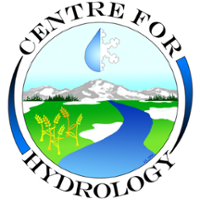
The UofS Centre for Hydrology addresses Saskatchewan's water sustainability problems and provides national leadership in hydrological research and training. The centre includes unique facilities with equipment for stable isotope analysis, strong expertise in water and wastewater treatment, efficacy of constructed wetlands, mine reclamation and site remediation, water balance modelling, and hydrogeochemistry. The centre has six labs: Cryospheric Environmental Lab (an experimental cold room for cryospheric simulation); Cool Sample Lab; Hydrological Modelling Lab (computer modelling with PC and Unix); Hydrological Instrumentation Lab; Hydrological Sampling Lab; and Ecohydrology Lab (natural water chemistry). [website]
Centre for Cold Regions and Water Science
Wilfrid Laurier University
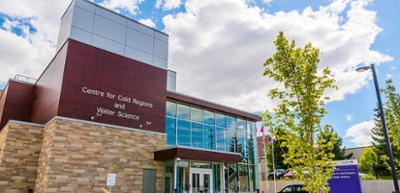
The WLU Centre for Cold Regions and Water Science (CCRWS) is a collaborative research facility that houses four research centres/groups and a variety of state-of-the-art analytical equipment. The facility, which opened in 2013, is funded by Laurier, the Government of the Northwest Territories, the Canada Foundation for Innovation (CFI), the Ontario Ministry of Research and Innovation (MRI), and the Federal Economic Development Agency for Southern Ontario (FedDev Ontario) [website].
Cold Water Laboratory
University of Saskatchewan
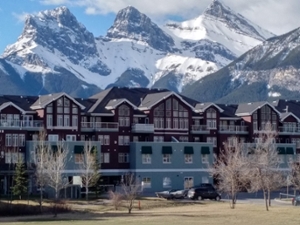
In Alberta, the Centre for Hydrology maintains premises at the Coldwater Laboratory in Canmore, AB. The Coldwater Laboratory places over 20 researchers and students in the headwater region of 3 major river basins (Saskatchewan, Columbia and Mackenzie river basins) to study the impacts of climate change and extreme events on water resources in the region. This facility includes offices and a laboratory and provides easy access to over 35 high elevation stations within the southern Canadian Rockies. [website]
Mine Overlay Testing Facility (MOST)
Global Institute for Water Security, University of Saskatchewan
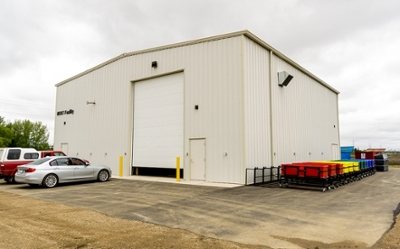
Green Roof Environment and EngiNeering Facility (GREEN)
Global Institute for Water Security, University of Saskatchewan
The GREEN facility is a research and testing place for industry to enhance and develop green technologies and all other aspects involved in the construction and efficient operation of green roof systems, specifically targeted to cold regions. Our multidisciplinary team of engineers, green roof consultants, water, soil and plant scientists created a new state-of-the-art facility at the UofS to test cold region green roof designs. This facility serves as a research and green technology development platform that integrates fields of hydrology, soil physics, plant ecology, civil engineering, architecture and building science and provide a space to troubleshoot existing design challenges in this sector, enabling us to reduce the cost of new projects by providing proof of concept testing in cold regions prior to costly implementation.
Toxicology Research Centre
University of Saskatchewan
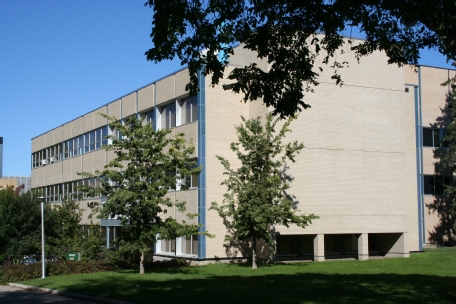
The UofS Toxicology Centre is the largest academic research and training centre in the area of aquatic and environmental toxicology in Canada. The centre provides broad-based expertise from the molecular to the ecosystem level, with partners from around the globe. It focuses on investigating the effects of water pollution on ecosystem and human health with an aim towards sustainability and stronger environmental stewardship. [website]
Aquatic Toxicology Research Facility (ATRF)
Toxicology Centre, University of Saskatchewan
The ATRF, the only facility of its type in Canada and one of only a few in the world, is a highly sophisticated laboratory for aquatic toxicology research. Located at the Toxicology Centre, the 7,100 sq-ft laboratory was specifically designed to provide areas with different water qualities and temperatures to perform both static and dynamic toxicological experiments with algae, crustaceans, insects, clams, amphibians or fish. In-house research facilities include five walk-in controlled-environment chambers and an analytical laboratory for water quality analysis. [website]
Smart Water Systems Laboratory (SWSL)
Global Institute for Water Security, University of Saskatchewan
Aqueous Geochemistry Laboratory
Department of Geological Sciences, University of Saskatchewan
The AGL is an analytical facility for water chemistry, which is providing high-quality and timely quantitative elemental analyses for both academic and non-academic clients. This laboratory supports comprehensive elemental analysis of aqueous samples ranging from fresh to brackish water. The laboratory houses several major pieces of analytical equipment to support a variety of methods including:
i) inductively coupled plasma – mass spectrometry (ICP-MS)
ii) inductively coupled plasma – optical emission spectroscopy (ICP-OES)
iii) ion chromatograph (IC)
iv) high-performance liquid chromatography (HPLC)
v) gas chromatography (GC)
vi) spectrophotometry ancillary equipment to support routine and unique sample processing requirements are also available in the laboratory.
[website]
Environmental Geochemistry and Isotope Lab
University of Waterloo
Located at the University of Waterloo, it is focused on watershed biogeochemistry and multidisciplinary problems. The lab extensively uses isotopic tools and tracers in addition to other geochemical techniques, which are listed at the following website [website] The Environmental Isotope Lab at Waterloo develops and applies isotope technology to the Environment. The lab resources are used primarily in the fields of Earth Sciences and Biology. Many other environmental applications are also available. [website]
Saskatchewan Water Chemistry and Ecology Lab
Global Institute for Water Security, University of Saskatchewan
The lab has expertise in aquatic ecosystem ecology and biogeochemistry, specifically, understanding the effects of changing climate and nutrient loads on aquatic ecology and biogeochemistry. [website]
